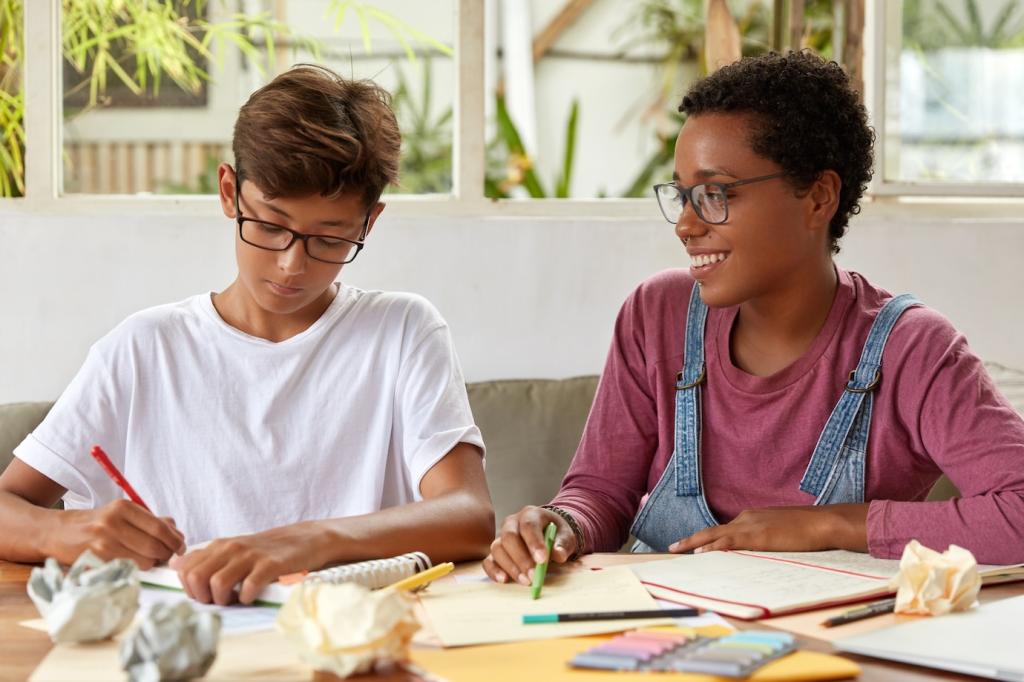
Best Practices for Creating Educational Tutorials
Chosen theme: 6. Best Practices for Creating Educational Tutorials. Welcome to a friendly guide for building tutorials that truly teach. We will blend pedagogy, storytelling, and practical workflows to help you create lessons learners remember. Subscribe and comment to shape future deep dives on this theme.
Define Clear Learning Outcomes

Clarify who you are teaching before drafting a single slide. Consider prior knowledge, motivations, constraints, and language preferences. A novice needs scaffolding and reassurance, while refreshers want efficient shortcuts and links to deeper references.

This is the heading
Lorem ipsum dolor sit amet, consectetur adipiscing elit. Ut elit tellus, luctus nec ullamcorper mattis, pulvinar dapibus leo.

This is the heading
Lorem ipsum dolor sit amet, consectetur adipiscing elit. Ut elit tellus, luctus nec ullamcorper mattis, pulvinar dapibus leo.

Provide captions, transcripts, and alt text
Create accurate captions for videos and readable transcripts for audio. Describe essential visuals with concise alt text. These practices support deaf and hard-of-hearing learners, non-native speakers, search indexing, and anyone studying in noisy or quiet environments.

Ensure readable visuals and contrast
Use high-contrast colors, accessible palettes, and legible fonts at generous sizes. Avoid relying on color alone to convey meaning. Test slides in grayscale, on small screens, and under glare to catch problems before learners struggle to decode your message.

Use inclusive language and examples
Avoid idioms, culturally specific jokes, and unnecessary jargon. Choose names, scenarios, and data that represent diverse backgrounds and roles. Inclusive examples invite more learners to see themselves in the material and stay engaged through the entire learning experience.






Efficient Production Workflow

Script, storyboard, and rehearse
Draft a tight script with spoken, learner-friendly phrasing. Rehearse out loud and time segments. Mark where to pause for activities, transitions, and on-screen highlights. A little rehearsal reduces filler, minimizes retakes, and makes delivery sound clear and welcoming.

Capture clean audio and video
Prioritize audio quality with a decent microphone, quiet room, and consistent mic placement. Record room tone, watch peak levels, and tame echo with soft furnishings. For video, stabilize shots, light faces gently, and keep backgrounds uncluttered to focus attention.

Organize versions and assets
Adopt clear file names with dates and versions, centralize assets, and back up regularly. Keep b-roll, graphics, and project files labeled consistently. A reliable system prevents lost work, speeds collaboration, and makes future updates painless instead of overwhelming.
